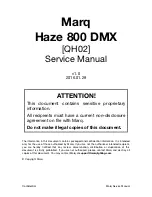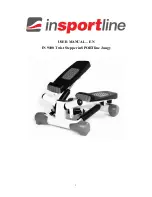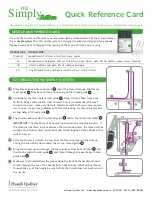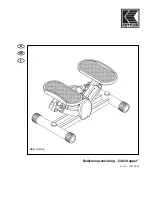
29
Standard Buttonhole
(model 150s/160s)
The fabric should be interfaced and/or stabi-
lized where buttonholes are to be sewn.
1. Mark the start position and buttonhole
OHQJWKRQWKHIDEULF$
$WWDFKWKH2QH6WHS%XWWRQKROH)RRW%
Push the button holder open by pushing
WKHOHYHUEDFNZDUGV%,QVHUWWKHEXWWRQ
Push the button holder forward until
WKH EXWWRQ LV ORFNHG LQ SODFH & 7KH
button will determine the length of the
buttonhole.
3. Make sure that the thread is pulled though
the hole in the presser foot and placed
under the foot.
4. Position your garment under the presser
foot so that the marking on the fabric is
aligned with the center of the buttonhole
IRRW'
/RZHUWKHEXWWRQKROHOHYHU(DOOWKHZD\
down, and push it away from you. The
buttonhole lever should fit between the
EXWWRQKROGHUOHYHU%DQGWKHVWRSSHU)
6. Hold the end of the upper thread and
start sewing. The buttonhole is sewn
from the front of the presser foot to the
EDFN DV LOOXVWUDWHG WR WKH ULJKW * 6WRS
sewing when the last buttonhole column
LVÀQLVKHG
7. Once the the buttonhole is finished, raise
the presser foot. Pull the buttonhole lever
towards you and push it all the way up.
8. To secure the bartack, thread the end of
the top thread into a needle, pull to the
wrong side and tie the end before cutting
excess thread.
If you want to repeat the buttonhole, do not
push the buttonhole lever up when the but-
WRQKROHLVÀQLVKHG,QVWHDGVHZDQRWKHUEXW
-
tonhole.
Note: Always sew a test buttonhole on a piece of
scrap fabric.
Set for buttonhole
B
D
C
Carefully cut your buttonhole
open with a seam ripper
G
A
E
stitch
4-6
3-5
5B
F








































